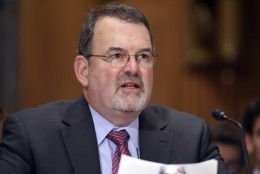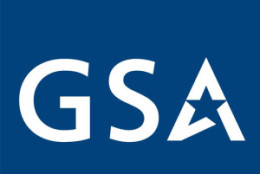Technology
-
When the Obama administration transfers 12 terabytes of data to the National Archives and Records Administration, it'll underscore the importance of federal records and records management. Federal Drive with Tom Temin turns to Rob Efrus of Efrus Federal Advisors, for some insight.
November 14, 2016 -
Across the cabinet agencies, 10 chief information officers are politically appointed. The question continues to come up every four years whether these senior IT executives need to be career or political.
November 14, 2016 -
The 2017 Federal Information Security Management Act (FISMA) guidance to agencies redefines what constitutes a major cyber incident for a third time in the last decade.
November 14, 2016 -
The General Services Administration and the Homeland Security Department awarded CGI Federal a task order for the Credentials and Authentication Management (CRED) under phase 2 of the Continuous Diagnostics and Mitigation (CDM) program.
November 14, 2016 -
The Defense Department now has systems up and running that allow lenders to instantly verify a potential borrower’s military status at the same time his or her credit record is checked.
November 11, 2016 -
Lisa Schlosser, the federal deputy chief information officer, called it a career on Nov. 9 after more than 30 years in government.
November 10, 2016 -
Brian McGrath, the chief information officer of the Office of Justice Programs, said the bureau figured out how to make the Trusted Internet Connection work with its cloud infrastructure.
November 10, 2016 -
The election may be over, but federal employees still face uncertainty on a number of key issues, not least of which is how the government will be funded.
November 10, 2016









